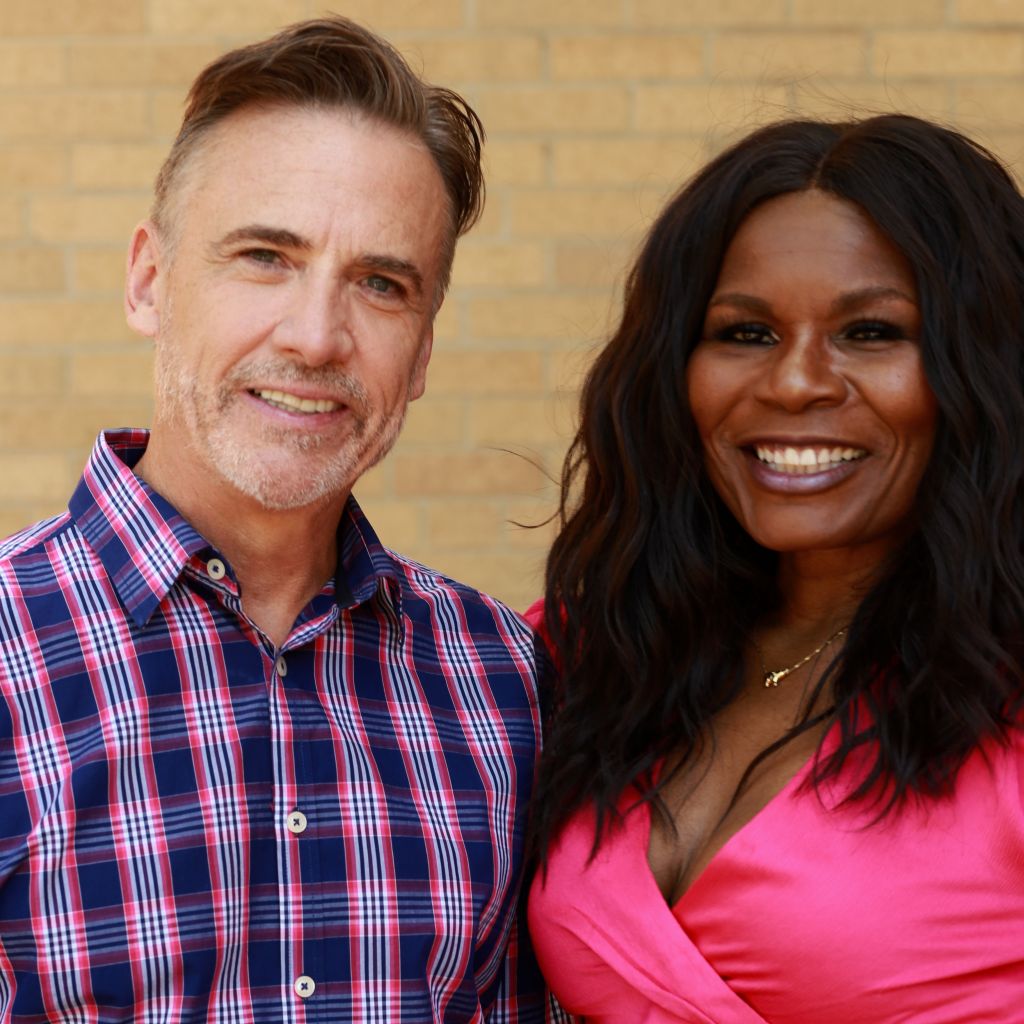
Source: Boy_Anupong / Getty
Although labeled a vitamin, Vitamin D functions more like a hormone, and EVERY single cell in your body has a receptor for it. Your body manufacturers it when your skin is exposed to sunlight. Although baking in the sun is never advised (oh I wish I knew then what I know now!) it IS advisable for people to get 15 minutes of unfiltered sunlight almost every day, making sure the hands and face are exposed. The body STORES Vitamin D to compensate for days when the weather is not cooperating (I will continue to remind you how SMART the body is, you’re welcome). It is estimated that about 1 billion people worldwide have low levels of the vitamin in their blood. Recent studies are now showing that nearly 50% of Americans are deficient in Vitamin D. The lower half (37th parallel and below), are less deficient than the north…for obvious reasons.
Vitamin D is found in certain foods such as fatty fish and fortified dairy products, though it’s very difficult to get enough from diet alone, especially if you are vegetarian or vegan.
There are two forms of Vitamin D supplementation; Vitamin D2 (ergocalciferol) and D3 (cholecalciferol) and it is pretty important to know the difference. D2 comes from plant sources, such as wild mushrooms but can also be found in fortified milk or cereal. D2 is less expensive to produce which is why it is used to fortify foods with it.
D3 is mainly found in animal sources such as fish oil, fatty fish, liver and egg yolks. When your skin is exposed to sunlight, it produces D3 which is why it bears the nickname “the Sunshine Vitamin”. It’s strength is measured in international units. D3 is available over-the-counter.
The recommended daily intake (RDI) is usually around 400–800 IU, but many experts say you should get for more than that….even up to 5,000 IUs. Your doctor can best advise you on the dosage that is right for you. Vitamin D deficiency is very common. Lately the buzz around Vitamin D and it’s role in preventing Covid-19 has been circulating. Although the verdict is still out on actual prevention, it IS evident that those with low levels of Vitamin D suffer more severe symptoms of or succumbed to the virus. This is because of Vitamin D’s most important role: to keep your immune system strong so you’re able to fight off viruses and bacteria that cause illness. It directly interacts with the cells that are responsible for fighting infection. If you often become sick, especially with colds or the flu, low vitamin D levels may be a contributing factor.
Deficiency in Vitamin D has also been linked to breast cancer. According to breastcancer.org, women with low levels of Vitamin D have a higher risk of breast cancer. D is thought to play a role in controlling normal breast cell growth and may even STOP breast cancer cells from growing.
There are so many benefits of Vitamin D, but I will make it a short yet impressive list. Vitamin D fights disease. Recent studies prove that it reduces the risk of multiple sclerosis, heart disease and even the common cold. It reduces the symptoms of depression. It boosts weight loss since it is known to act as an appetite-suppressant.
Here are 7 common risk factors for vitamin D deficiency:
• Having dark skin
• Being elderly
• Being overweight or obese
• Not eating much fish
• Living far from the equator where there is little sun year-round
• Always using sunscreen when going out
• Staying indoors
People who live near the equator and get frequent sun exposure are less likely to be deficient, as their skin produces enough vitamin D to satisfy their bodies’ needs.
Most people don’t realize that they’re deficient, as symptoms are generally subtle. You may not recognize them easily, even if they’re having a significant negative effect on your quality of life.
Lethargy can have many causes, and vitamin D deficiency may be one of them. Unfortunately, it’s often overlooked as a potential cause. Case studies have shown that very low blood levels can cause fatigue that has a severe negative effect on quality of life
Vitamin D helps maintain bone health in a number of ways. For one, it improves your body’s absorption of calcium. (I will do a blog about calcium. Promise) Without Vit D, calcium absorption can fall to less than 10% of the amount consumed! Too MUCH Vitamin D can result in hypercalcemia. So stay away from eating too much Vitamin D-fortified foods…natural source is always best! Because of Vitamin D’s role with calcium absorption, it is no shock that low levels of D in the blood can also result in bone pain and lower back pain.
Always remember: healthy foods are a primary source for the vitamins you need. Whole food nutrition far exceeds any nutrients you will get via a man-made synthetic source.
In fact, if you’re relying on store-bought vitamins to support your health, you need to RADICALLY transform your diet.
The good news is, the National Institutes of Health has published a list of foods that contain vitamin D. These include the following:
• Cod liver oil
• Salmon
• Canned tuna (good quality, mercury free)
• Liver from beef
• Eggs
Adding healthy fish and protein to your diet is the perfect way to supplement your other efforts to maintain Vit D levels. So while you’re adding vitamin D foods to your diet…Make sure your grocery list supports your gut health and overall well-being. After all, it makes no sense to stock up on cod liver oil…while you’re still eating sugary, inflammatory foods that damage your digestive system.
Curious about your levels? There is an app( of course there is) called ‘dminder’ which can monitor your Vit D absorption.
















